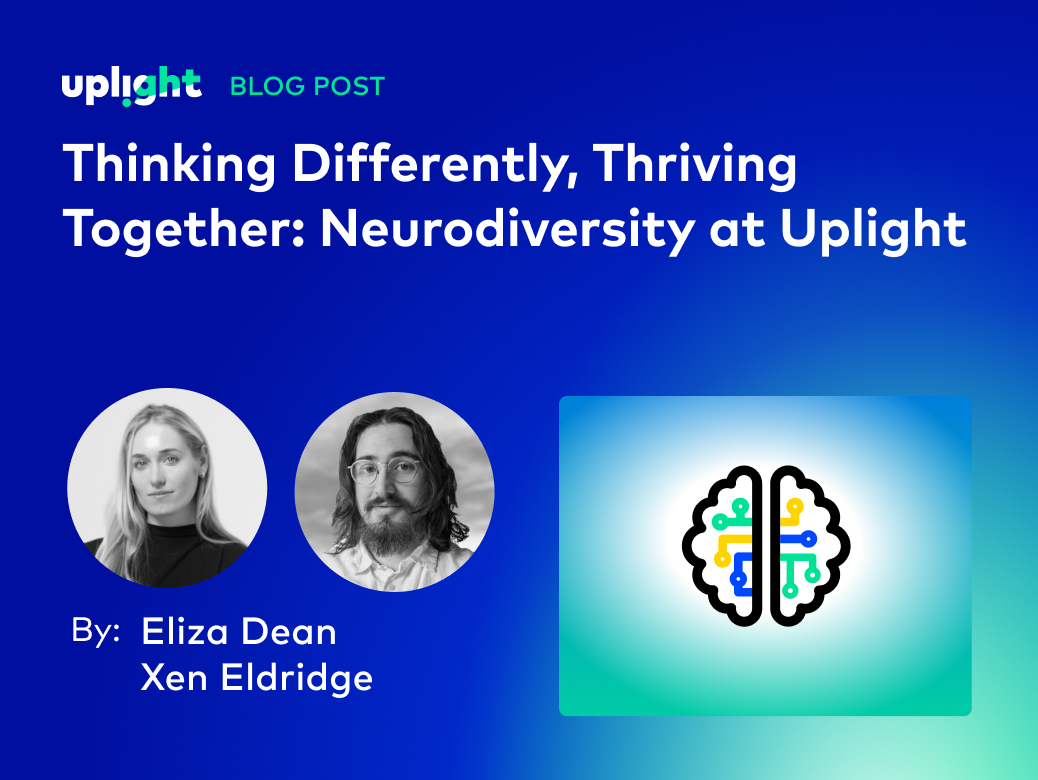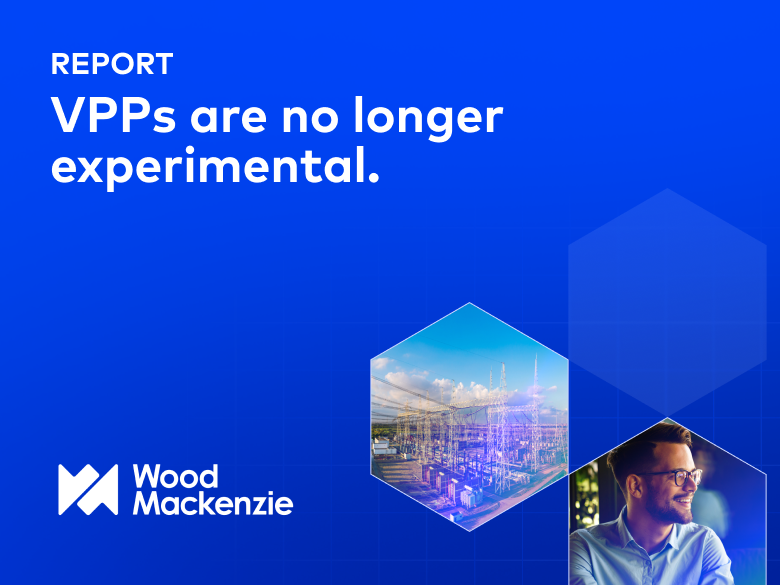For utility program managers designing and implementing demand response (DR) initiatives, understanding the non-residential segment isn’t just important—it’s essential to meet load flexibility, resiliency, and decarbonization goals now. The commercial and industrial (C&I) sector represents the backbone of effective load management, yet navigating this landscape requires a nuanced understanding of its unique characteristics and challenges.
Why C&I Customers are Critical for Load Flexibility
Non-residential electricity consumption accounts for 60-70% of total grid consumption—making each C&I enrollment impactful in delivering grid flexibility. PJM, the world’s largest wholesale power market, is an example of the power, and potential, of this segment: over 90% of its enrolled demand response (DR) megawatts come from the non-residential sector.
Yet the C&I segment’s diversity creates strategic challenges. Small businesses under 50kW represent a quarter of meters and 31% of load, while large facilities over 2.5MW comprise less than 0.1% of meters but consume 10% of load. Larger facilities offer superior returns since fixed acquisition costs are spread across tens of megawatts rather than hundreds of kilowatts at smaller facilities. This explains why 70% of non-residential DR megawatts nationally come from the largest C&I sites.
However, capturing this value requires navigating complex organizational dynamics where facilities, finance, legal, and operations must align—often extending sales cycles for months. Each site demands customized curtailment strategies, while integration can involve IT security concerns. Load flexibility participation for C&I ultimately hinges on demonstrating clear financial returns that outweigh perceived operational risks. Despite C&I program progress, utilities are leaving value on the table by ignoring a large proportion of the load flexibility potential in this segment.
What Drives C&I Demand Response Participation
While C&I facilities vary enormously in their operations, energy needs, and organizational structures, they share one critical commonality in their DR decision-making: financial motivation. Unlike some residential customers who may participate for environmental or community reasons, commercial and industrial facilities make participation decisions based primarily on economic benefits.
This financial focus comes with an important caveat: non-residential facilities exist to serve their primary business purposes—whether serving customers or manufacturing products—and they will not jeopardize these core functions for DR participation, regardless of financial incentives. This creates a clear imperative for demand response program designers: C&I programs must be carefully crafted to respect varying operational constraints while still delivering meaningful grid benefits.
When programs achieve this balance, the results benefit all customers as well as the utility. Well-designed initiatives provide valuable grid resources while generating meaningful energy market revenue for participants. Indeed, DR participation has evolved from a nice-to-have option to table stakes among professional energy managers who view it as an essential component of comprehensive energy strategies.
The Role of CSPs in C&I DR Programs
The maturation of C&I DR programs has created a sophisticated ecosystem of service providers who facilitate participation. Curtailment service providers (CSPs) have emerged as crucial intermediaries, developing specialized sales teams and software platforms that streamline program participation for this customer segment.
These CSPs address several critical challenges in C&I program implementation. They bring expertise in recruiting and engaging commercial and industrial loads, often providing value beyond simple DR participation. For multi-site customers operating across different markets and utility territories, CSPs offer the additional benefit of consolidating participation through a single provider—a significant advantage for corporate energy managers who would otherwise face a complex patchwork of utility-specific programs.
While some utilities may view CSPs as intermediaries that control customer relationships and capture a portion of DR incentives, CSPs actually serve as valuable partners that help utilities recruit more flexible load customers and accelerate program growth.
Forward-thinking utilities have recognized CSPs as valuable partners rather than competitors. Major utilities, including Puget Sound Energy, Con Edison, and Pacific Gas & Electric, have embraced CSP partnerships as a strategy for enhancing program reach and effectiveness.
Reaching C&I Load Shift Potential
The non-residential landscape presents both tremendous opportunity and significant complexity for DR program managers. Success requires moving beyond one-size-fits-all approaches to develop segmented strategies that recognize the diverse needs, capabilities, and constraints of different C&I customer types.
Leveraging professional CSPs is a proven strategy for effectively engaging C&I customers. However, this approach forms just one component of what must be a comprehensive, multi-layered strategy for scalable C&I DR implementation.The path forward demands sophisticated customer relationship management, strategic partnership development, and careful program design that balances the operational realities of commercial and industrial facilities. While the challenges are real, the rewards—in terms of grid flexibility, reliability, and cost-effectiveness—make engaging the C&I segment essential for any utility serious about load flexibility and resiliency success.
For utility program managers, the message is clear: understanding and effectively engaging non-residential customers isn’t optional—it’s the cornerstone of impactful load flexibility programs. The utilities that master this segment will lead in creating more flexible, reliable, and sustainable energy systems for the future.




